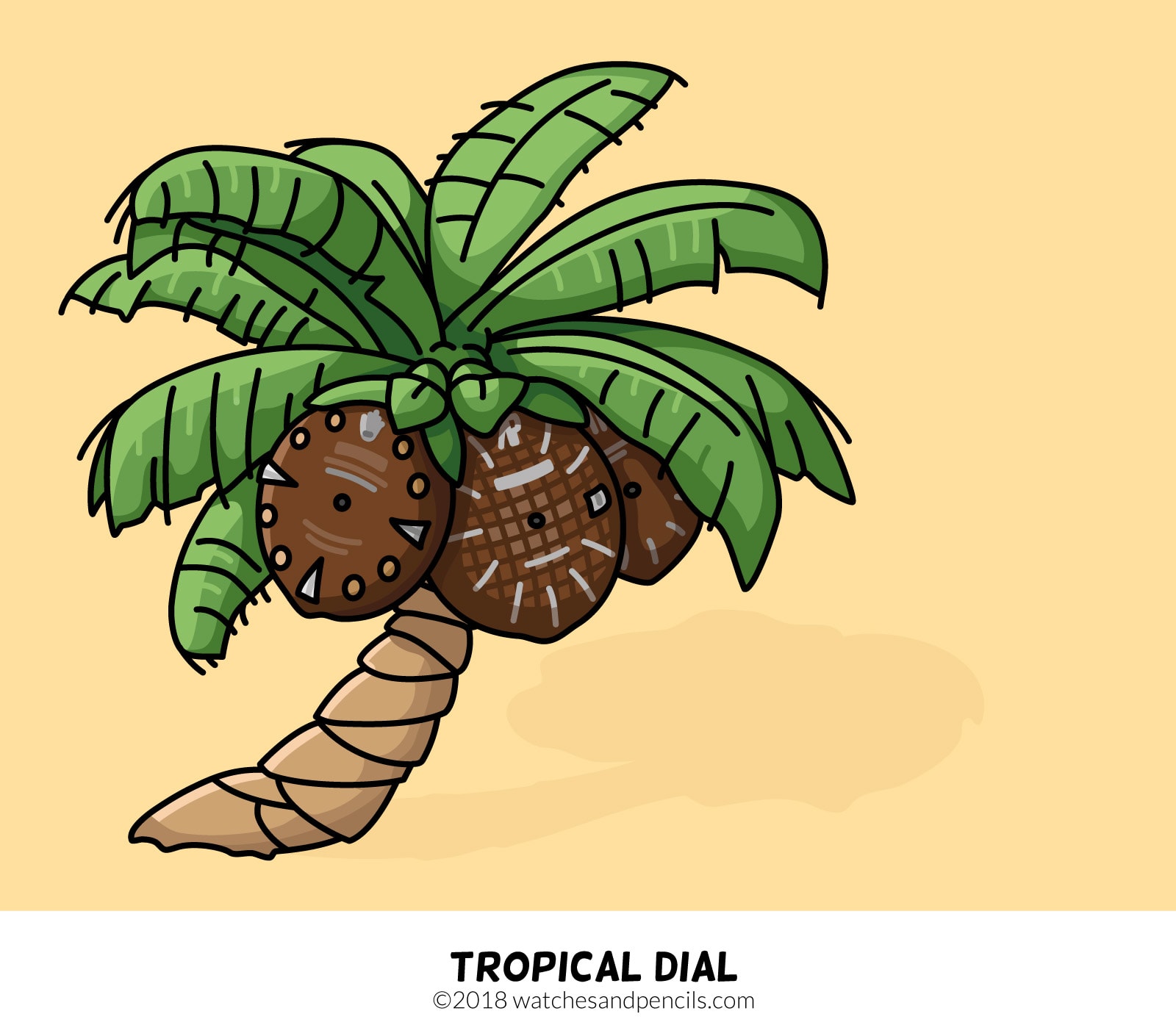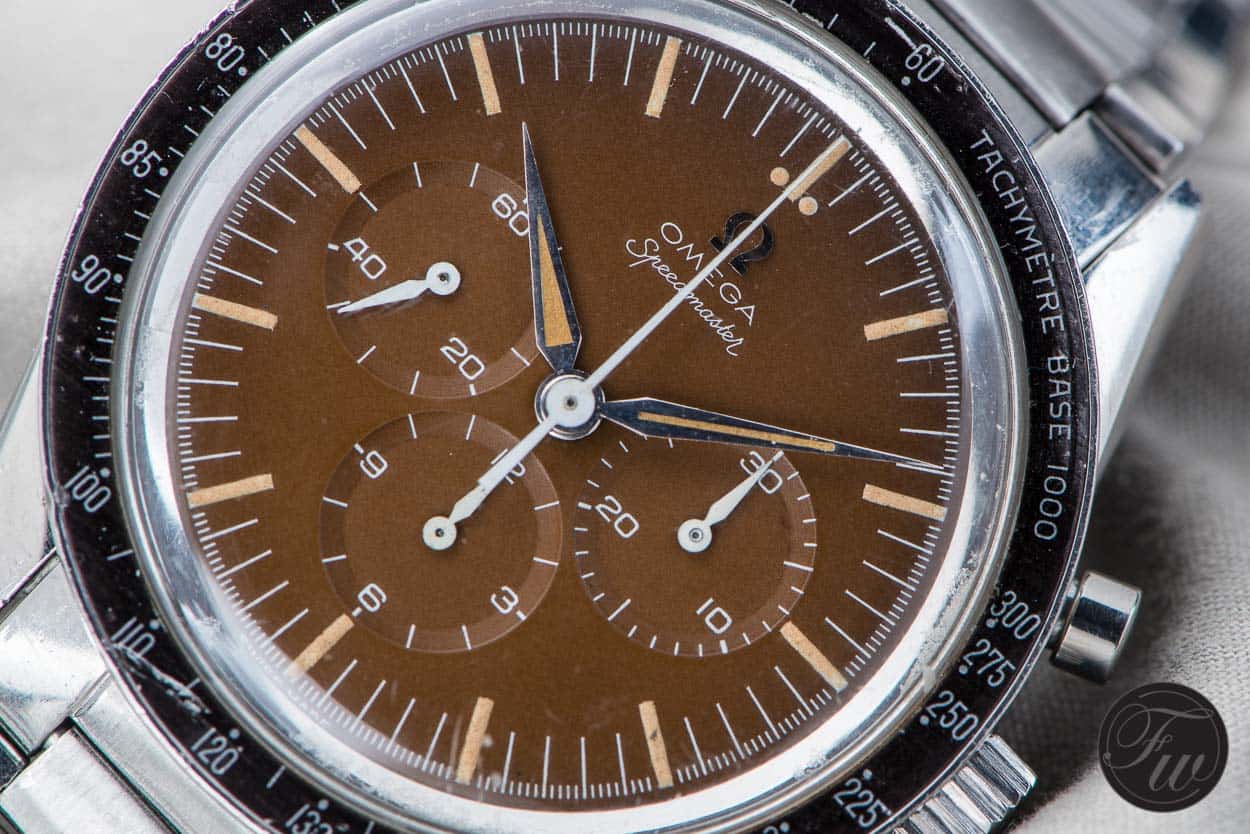Watches & Pencils #35 – Tropical Dial
Since it is freezing cold out here I thought it was the right time to create something which does remind me of more sunny places: a tropical dial!
Design versus Nature
We all love and hate certain things about a watch. When a brand launches a watch, every detail has been carefully designed (at least, let’s assume). Colors are an important aspect in this matter. Every brand wants to create the perfect watch and conserve it. But, the funny thing is, there is another player in the field: nature. Especially with vintage watches, some are partly formed by nature. Probably the most known phenomenons are ‘patina’ and ‘tropical’ dials.
What Is A Tropical Dial?
When watch production was still a lot of pioneering, some defects and imperfections lead to beloved aspects. One of them is the tropical dial. Due to a slight chemical imperfection in the finish of some dials, the top layer changed color after exposure to sun light. These dials were affected by UV rays, fading and changing into another color. Often with different darker and lighter tones of the particular color (e.g. brown). Some brands with known tropical dials are: Rolex, Omega, Audemars Piguet and Patek Philippe.
How To Spot A Genuine Tropical Dial?
Watches with tropical dials are more rare and therefor higher in demand by collectors (and thus more costly). However, sometimes people abuse the term to fetch higher prices. There are even dealers who refinish the dial or have magnetrons to artificially create a tropical dial. Always pay attention when a tropical one pops up. I heard some unpleasant stories about people who paid a lot for a tropical dial which turned out to be broken instead of tropical in the end… A few tips to determine a nice tropical dial:
- It has faded naturally to a different color. It often fades from black to brown, but other colors are also known. Always look very good if there are a lot of different tones of the faded color. This indicates a gradual process.
- The fading needs to be even and spread all over the dial. Uniform and not partially exposed to the sun.
- The changing of the dial should be only caused by the sun / UV rays. Other aspects or forces of nature (like moisture) can also result in a nicely changed dial, but should not be called ‘tropical dial’.
- If you’re not sure, always consult an expert.
I hope you enjoyed this sunny episode! The ‘tropical dial’ illustration is now available as signed print via this link.








